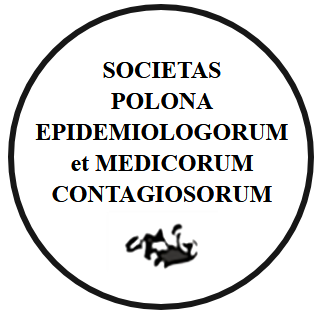ABSTRACT
INTRODUCTION. The Coronavirus disease 2019 (COVID-19) outbreak is an increasing major global public health threat. Mortality rate varies across countries, therefore conducting studies on this disease in different countries is necessary, and will improve disease management worldwide.
OBJECTIVE. This study aimed to investigate the COVID-19 disease course characteristics in Iran.
METHODS. This is a retrospective study of 108 patients with confirmed COVID-19 from Feb 20 to June 20, 2020, at one Hospital in Iran. In summary, we obtained demographic data, clinical, laboratory, and chest CT findings of patients. The statistical analysis evaluated patients in two groups: recovered or died.
RESULT. In brief, cough (70/108, 64.8%) and fever (69/108, 63.9%) were the most common symptoms. CT scan findings of patients with COVID-19 showed that bilateral lung involvement was more common in deceased patients than recovered ones (20/26, 76.9% vs. 30/70, 42.8%, p = 0.026). Laboratory findings of routine blood tests including Erythrocyte sedimentation rate (ESR), Fasting Blood Sugar (FBS), White Blood Cell (WBC), the number of platelets (PLTs) showed a significant difference between the two groups (p CONCLUSION. In this study, we described the features of deceased and recovered patients with COVID-19.
Our findings suggest that levels of FBS, ESR, WBC, and PLTs, also patterns of lung involvement, existence of underlying disease, respiratory rate, and oxygen saturation can be predictors of mortality risk. Further studies are proposed to investigate these characteristics in different populations.
You can change cookies settings in your browser. Restricted use of cookies in the browser configuration may affect some functionalities of the website.




